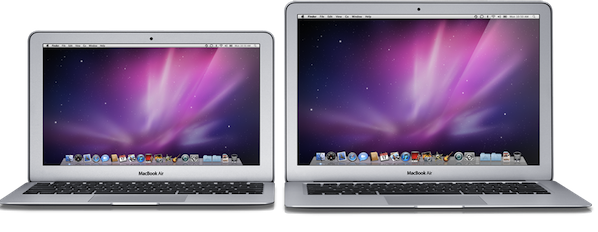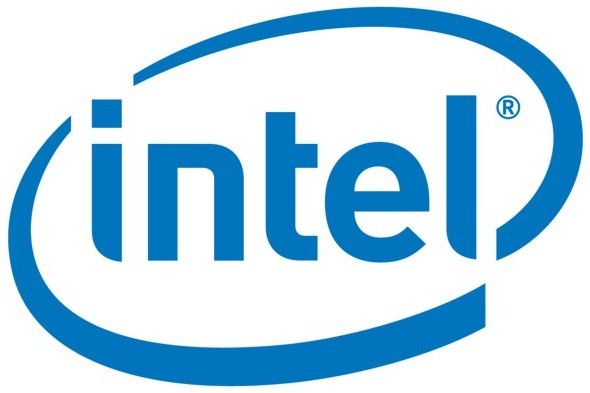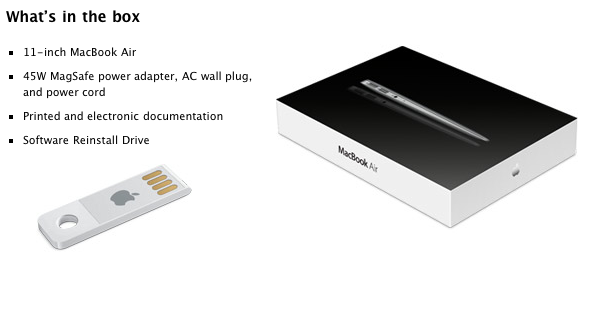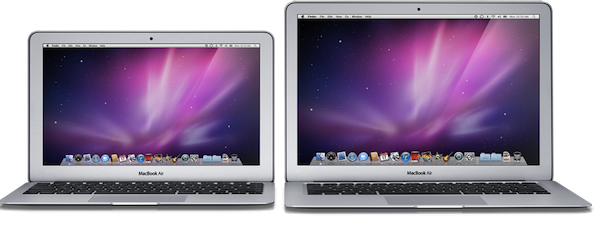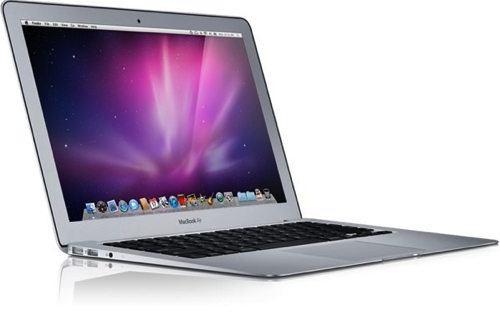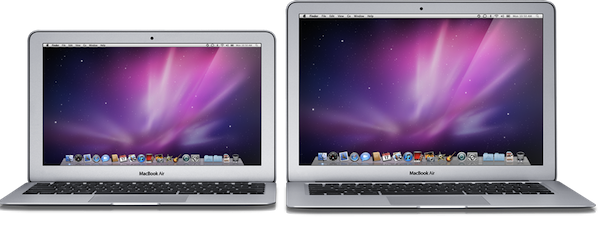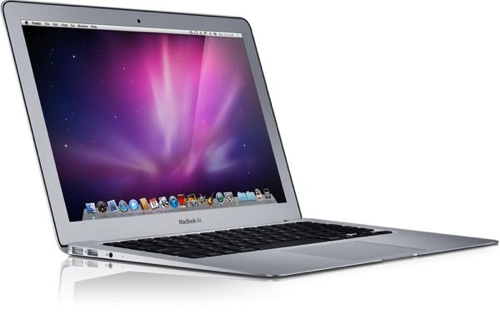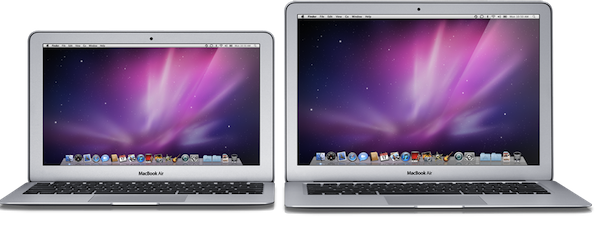A new report from Digitimes seems to corroborate rumors we’ve heard in the past weeks about a MacBook Air refresh this summer, featuring Intel’s Sandy Bridge processors and Thunderbolt technology:
The Taiwan-based supply chain for Apple products will begin shipments of new 11.6-inch and 13.3-inch MacBook Air models featuring Sandy Bridge platform and Thunderbolt interface in late May for launch in June or July, according to makers in the supply chain. While Apple’s PR representatives in Taiwan have neither confirmed nor responded to the report, it has long been understood that Apple always keeps silent about its new products not yet launched, the sources emphasized.
Earlier reports about the new MacBook Airs (last updated in October at the Back to the Mac event) suggested production would start later this month for a June release. Cnet was first to report in February the MacBook Airs would receive an upgrade; there’s a lot of anticipation when it comes to the MacBook Airs thanks to their super-thin design, native SSD and screen resolution, with analysts claiming the line could become a $2.2 billion annual business for Apple.


